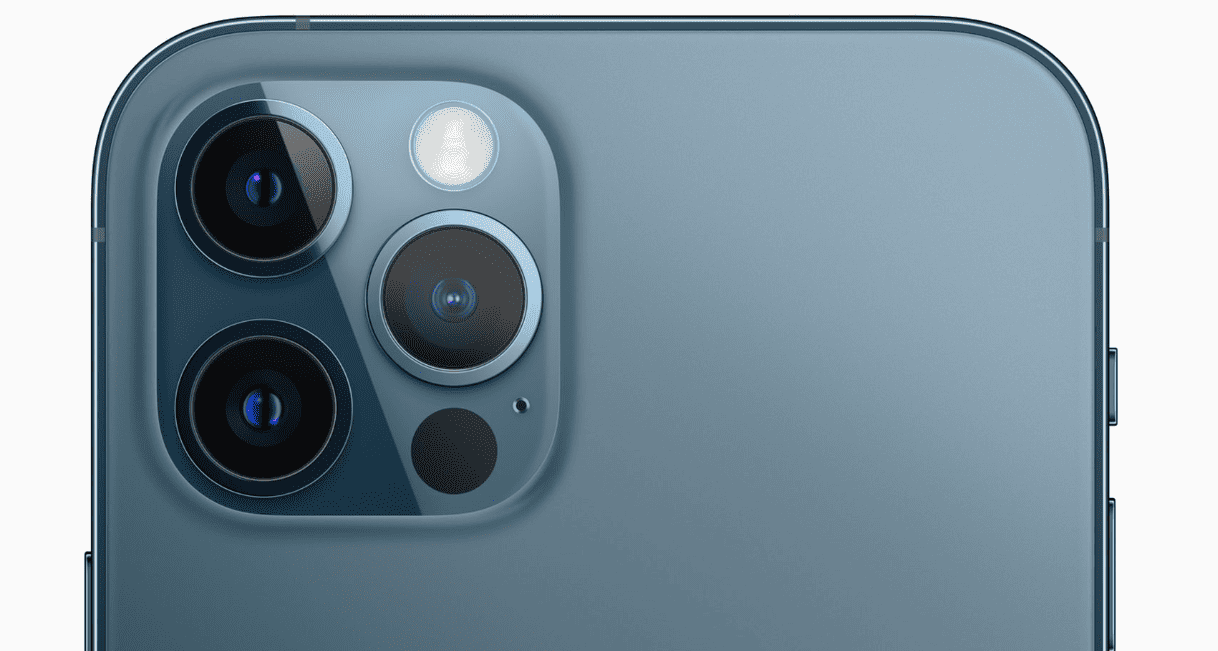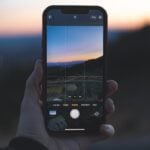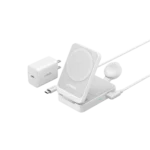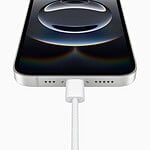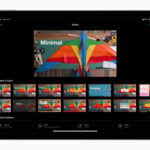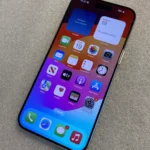The iPhone’s camera system has evolved significantly over the years, and nothing has made a bigger change than incorporating a three-camera design into the Pro series. Far from being a simple gimmick, these multiple lenses work together to provide a versatile and powerful imaging system. They allow users to capture breathtaking landscapes and stunning portraits, empowering them to unleash their creativity and capture the world around them in stunning detail.
The three lenses on devices like the iPhone Pro and Pro Max each serve a distinct photographic function. There’s a wide lens for capturing a broad view, a telephoto lens for clear zoomed images, and an ultra-wide lens that can seize a much larger field of vision, making the iPhone a versatile tool for photography enthusiasts and casual users alike.
Why iPhones Have 3 Cameras
Diverse Perspectives
- Wide Lens: This is your everyday camera, capturing scenes with a natural perspective similar to how your eyes see the world. It’s great for landscapes, group photos, and general photography.
- Ultra-Wide Lens: This lens offers a much wider field of view, allowing you to fit more into the frame. It’s perfect for capturing expansive landscapes, large group photos, or tight spaces where you can’t physically step back.
- Telephoto Lens: This lens provides optical zoom, allowing you to get closer to your subject without sacrificing image quality. It’s ideal for portraits, wildlife photography, and capturing distant details.
Beyond Zoom
- Improved Low-Light Performance: The multiple cameras work together to capture more light in challenging conditions, resulting in brighter and clearer photos in low light.
- Depth Sensing and Portrait Mode: The combination of lenses enables accurate depth perception, creating stunning portrait photos with a beautifully blurred background.
- Enhanced Image Quality: Each camera captures different aspects of the scene, allowing for computational photography techniques that enhance overall image quality, color accuracy, and dynamic range.
Which iPhones Have 3 Cameras
| iPhone Model | Number of Cameras |
|---|---|
| iPhone 11 Pro | 3 |
| iPhone 11 Pro Max | 3 |
| iPhone 12 Pro | 3 |
| iPhone 12 Pro Max | 3 |
| iPhone 13 Pro | 3 |
| iPhone 13 Pro Max | 3 |
| iPhone 14 Pro | 3 |
| iPhone 14 Pro Max | 3 |
| iPhone 15 Pro | 3 |
| iPhone 15 Pro Max | 3 |
| iPhone 16 Pro | 3 |
| iPhone 16 Pro Max | 3 |
Note:
- The iPhone 15 and iPhone 15 Plus have 2 rear-facing cameras.
- The iPhone 16 and iPhone 16 Plus are also expected to have 2 rear-facing cameras.
Understanding the iPhone’s Triple-Camera System
The iPhone’s camera system has evolved to include three distinct lenses, each with its own purpose and capabilities. This multi-lens system is designed to elevate your photography experience and offer versatility in capturing different types of shots.
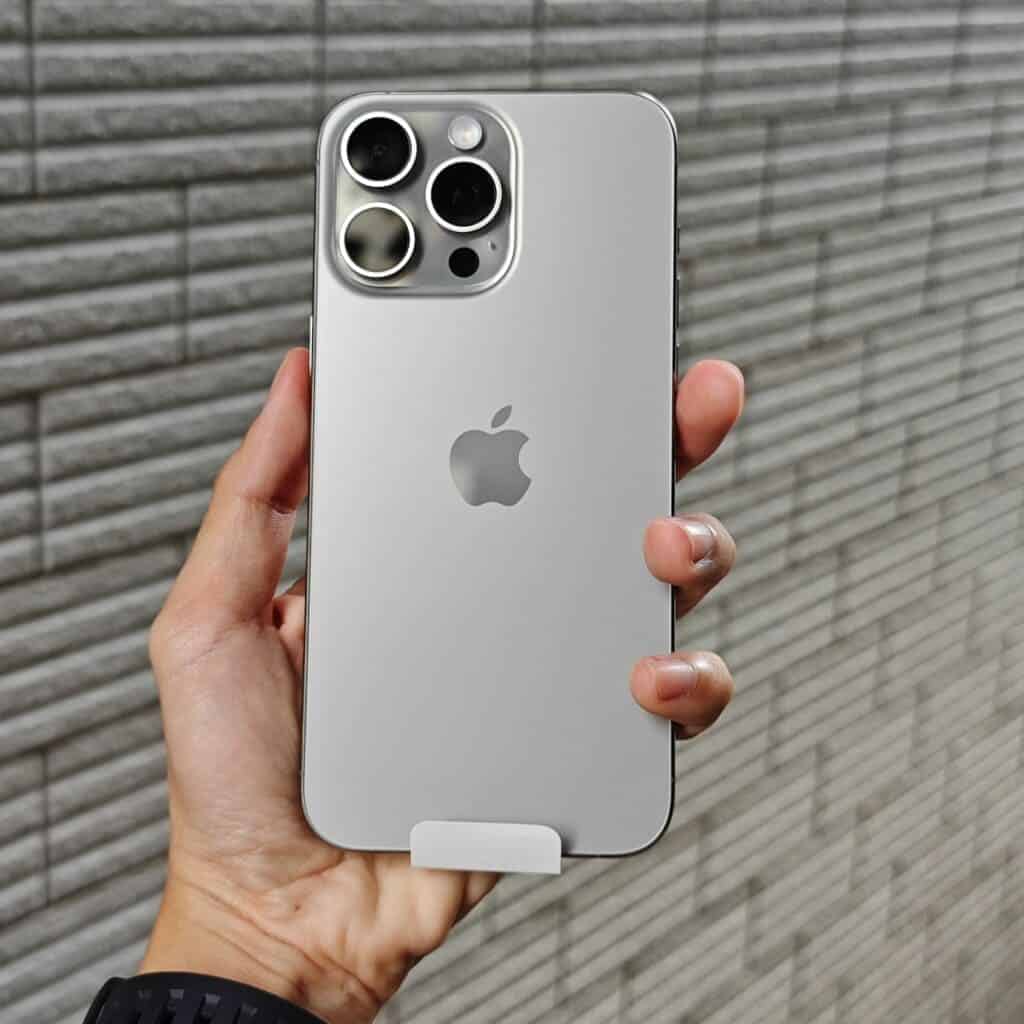
The Power of Three Lenses
The iPhone’s triple-camera system typically consists of the following lenses:
- Main Wide Lens: This lens serves as the primary camera and is ideal for everyday photography. It captures a wide field of view and delivers sharp, detailed images in various lighting conditions.
- Ultra-Wide Lens: This lens offers a wider field of view than the main lens, allowing you to capture expansive landscapes, group photos, and architectural shots with ease. It’s perfect for situations where you want to fit more into the frame.
- Telephoto Lens: This lens provides optical zoom, allowing you to get closer to your subject without sacrificing image quality. It’s ideal for portraits, wildlife photography, and other scenarios where you need to zoom in on details.
Benefits of the Triple-Camera System
The combination of these three lenses offers several advantages:
- Versatility: You can switch between different lenses to capture a wide range of shots, from wide landscapes to close-up portraits, all with a single device.
- Improved Low-Light Performance: The larger sensors in the iPhone’s camera system, especially the main lens, capture more light, resulting in better low-light photos and videos.
- Enhanced Portrait Mode: The telephoto lens plays a crucial role in creating the depth-of-field effect in Portrait Mode, blurring the background and making your subject stand out.
- Optical Zoom: The telephoto lens provides optical zoom, which maintains image quality better than digital zoom.
- Night Mode: This feature utilizes computational photography and multiple exposures to capture stunning images in low-light conditions.
The Evolution of iPhone Camera Technology
| iPhone Model | Camera Configuration |
|---|---|
| iPhone 11 Pro | Triple-camera system (Wide, Ultra Wide, Telephoto) |
| iPhone 12 Pro | Triple-camera system (Wide, Ultra Wide, Telephoto) |
| iPhone 13 Pro | Triple-camera system (Wide, Ultra Wide, Telephoto) |
| iPhone 14 Pro | Triple-camera system (Wide, Ultra Wide, Telephoto) |
| iPhone 15 Pro | Triple-camera system (Wide, Ultra Wide, Telephoto) |
| iPhone 16 Pro | Triple-camera system (Wide, Ultra Wide, Telephoto) |
As you can see, the triple-camera system has become a standard feature in the Pro models of iPhones, offering users a powerful and versatile tool for capturing their everyday moments.
iPhone’s Triple-Camera System: Functions
| Camera Type | Function | Benefits |
|---|---|---|
| Wide-Angle | The primary camera for everyday shots and videos | Captures a broad view, fitting more into the frame |
| Ultra-Wide Angle | Provides an even wider field of view than the standard wide-angle | Great for landscapes, architecture, group photos, and tight spaces |
| Telephoto | Optically zooms in on subjects without reducing image quality | Ideal for portraits, capturing detail in distant objects, and creating a shallow depth of field (blurred background) |
Additional Benefits of the Three-Camera System:
- Improved Depth Sensing: Multiple cameras enable more accurate depth mapping, enhancing features like Portrait Mode and augmented reality (AR) experiences.
- Enhanced Low-Light Performance: Combining information from multiple cameras can improve image quality in low-light situations.
- Greater Creative Flexibility: Offers numerous photography and videography possibilities with different focal lengths and zoom ranges.
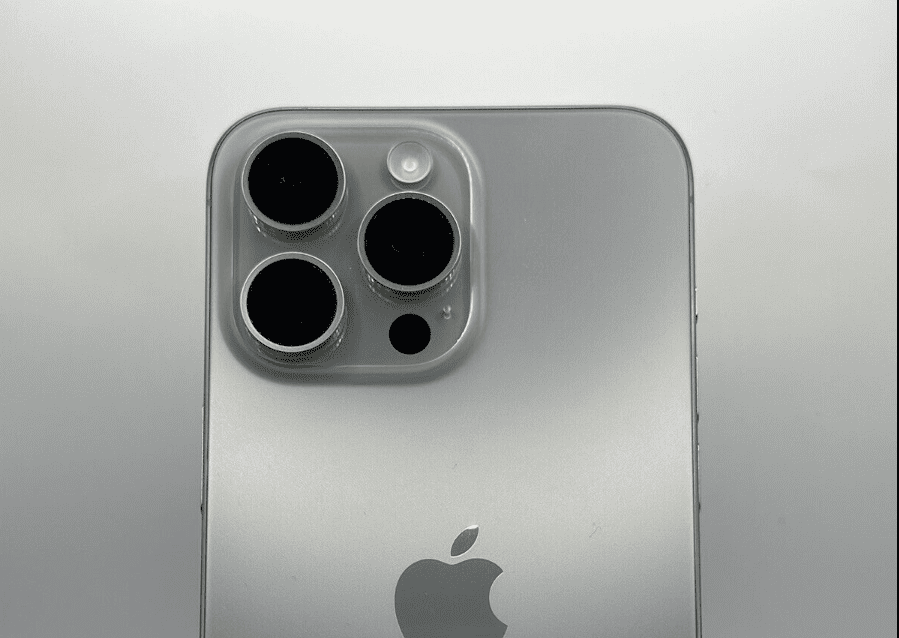
Each lens on the iPhone’s trio offers different focal lengths and capabilities, allowing for a variety of shots that would otherwise require multiple standalone cameras. Apple’s design choice reflects a commitment to improving photographic quality while maintaining the smartphone’s sleek form factor. This multi-lens configuration enables users to switch between different types of photography seamlessly – from detailed portraits to expansive landscapes.
Key Takeaways
- The iPhone features three cameras to accommodate different photography styles.
- Apple designed its multi-lens camera system to improve photo quality without adding bulk.
- The camera selection includes wide, telephoto, and ultra-wide lenses for versatility.
Evolution and Design of iPhone Cameras
This section uncovers how iPhone cameras have advanced over time and the design principles Apple employs to enhance photography on their devices.
Historical Progression
The iPhone’s camera has come a long way since its initial model. Apple introduced dual cameras with the iPhone 7 Plus, providing a wide and a telephoto lens. These two lenses allowed for better zoom and depth-of-field effects. The progression continued, and with the iPhone 11 Pro models, the addition of the third, an ultra-wide lens, was a significant step. Each subsequent iPhone, including the iPhone 12 and iPhone 13 Pro, refined this triple-camera setup, improving photo quality and functionality.
Apple’s Design Philosophy
Apple’s design philosophy in camera technology marries aesthetic sleekness with functional excellence. With the iPhone 11 Pro Max and its successors, attention to detail is evident. The cameras blend into the phone’s glass back seamlessly. Apple aims to provide a powerful camera system that is simple to use for any user. They design with the goal of maximizing technological capabilities without forcing users to understand the nuances of photography.
Triple-Camera System Explanation
Triple-Camera System of the iPhone:
- Telephoto Lens: Captures zoomed-in photos maintaining high image quality.
- Wide Lens: The standard lens for everyday photography.
- Ultra-Wide Lens: Allows a 120-degree field of view for expansive landscapes.
The three lenses on the iPhone, such as those on the iPhone 11 Pro, serve different purposes and help capture a wider array of photos. Each lens has specific focal lengths enabling versatility in shot composition and perspective without sacrificing photo resolution or quality.
Frequently Asked Questions
The three cameras on the iPhone cater to different photography needs and enhance the overall image capturing experience. They offer versatility and better functionality compared to models with fewer cameras.
What are the benefits of having three cameras on an iPhone?
The main advantage is the ability to capture images with varied fields of view without compromising the image quality. Users can switch between standard, zoomed, and ultra-wide perspectives conveniently.
How does the three-camera system enhance photography on the iPhone?
This system allows for better low-light performance, more detailed images, and the opportunity to take photos with different perspectives and optical zoom, which improves the overall quality and creative potential of photographs.
What is the difference in functionality between the iPhone’s three cameras?
The wide lens is for everyday shots, the ultra-wide captures broader scenes, and the telephoto lens allows for higher-quality zoom to get closer to distant subjects without degrading the photo detail.
How does the triple camera setup on the iPhone compare to previous models with two cameras?
The extra lens offers more functionality, giving clearer zoomed images and wider angle shots, leading to more professional-level photography and versatility straight from a phone.
What specific capabilities does the third camera add to the iPhone?
The third camera in the iPhone enhances zoom capabilities and allows for higher resolution images when magnifying subjects. It also provides more detailed night mode photos.
How do the three cameras on the iPhone improve user experience for photography?
With three different lenses, users can take numerous types of photos in various scenarios without changing devices. This adaptability makes photography more convenient and enjoyable for iPhone users.

